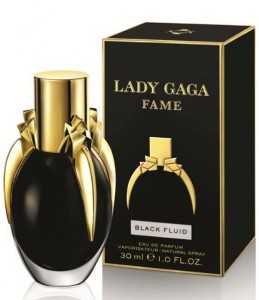 http://trailers.apple.com/trailers/disney/ozthegreatandpowerful/
http://trailers.apple.com/trailers/disney/ozthegreatandpowerful/
Finally we are getting the back story for the Wizard of Oz. James Franco appears to be playing a small-time illusionist who aspires to greatness–he wants to be more than a “good man.” Remember the great line from the book: “I’m really a very good man; but I’m a very bad Wizard”? But the “very good man” turns out to be a serious magician, as we learn in Chapter 16 of the book (“The Magic Art of the Great Humbug”), when the Wizard uses the sorcery of words to give the Scarecrow brains, the Woodman a heart, and the Lion courage.
I’m wondering how much the success of Gregory Maguire’s prequel, Wicked (the first in his Oz series), had to do with the development of the script–a lot, I’m betting! That the Wizard has very little on-screen time in the MGM film leaves much room for imagination. The mimicking of MGM’s black/white frame for a film in color looks great in the trailer and augurs well for the entire film.






